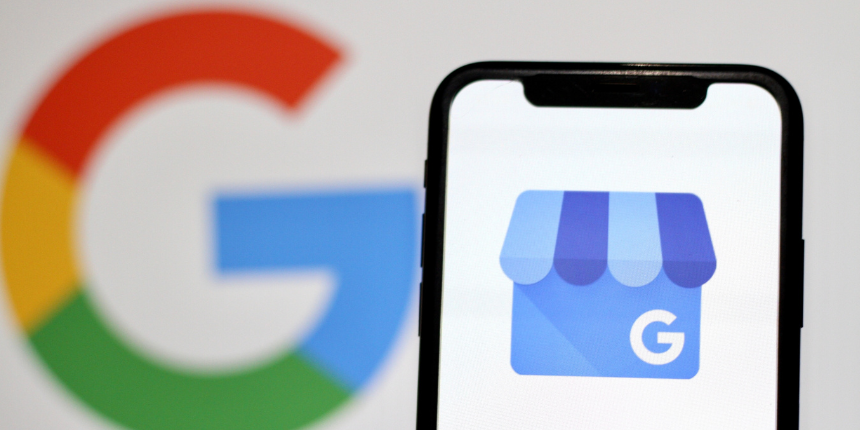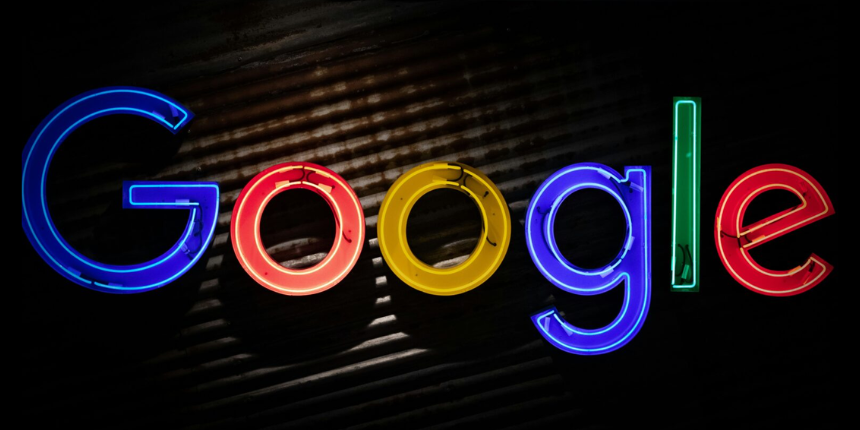
Maximize your local presence through strategic location management.

2024 was a transformative year for local optimization, with Google introducing numerous updates that reshaped the digital marketing landscape. The year was marked by groundbreaking advancements in AI, regulatory changes, and even a significant internal document leak that shed light on Google’s ranking system. As AI played an increasingly dominant role, businesses also faced new challenges like spam detection, feature removals, and unexpected bugs. Staying ahead of these updates proved crucial for anyone aiming to maintain their competitive edge on Google’s platform.
Google began 2024 with a major Local Ranking Algorithm Update on January 4th, causing unprecedented volatility in local search rankings. A bug further complicated matters, making some websites disappear from search results on weekends.
January also marked the announcement that Business Profile-generated websites would cease functioning by March 1. AI-driven features like Circle to Search and Multisearch showcased Google’s focus on innovation, while regulatory updates in Europe forced changes in SERPs to include third-party comparison tools.
Privacy concerns drove February’s updates, including a bug that disrupted driving directions metrics, linked to the removal of third-party cookies. Google introduced DMA-compliant SERPs in Europe, altering the visibility of local results by prioritizing third-party directories over Google’s Local Pack.
Google Maps faced an outage on February 14, briefly affecting local search functionality, reinforcing the need for agility in responding to platform changes.
March saw a Core Algorithm Update aimed at improving rankings by targeting low-quality, unoriginal, and AI-generated content. Spammers, however, quickly adapted, circumventing Google’s defenses with AI-generated sites.
In Europe, a search hijacking bug affected hotel listings, redirecting users to spam sites. Google also completed the planned shutdown of Business Profile-generated websites, urging businesses to refocus on optimizing their profiles.
April featured new AI-powered tools like personalized business recommendations and EV-focused trip planning in Google Maps. Google also launched multi-tab layouts for bookable services and automated social media post integration within Business Profiles.
Updates promoting sustainability and AI innovation emphasized the importance of keeping local tools up-to-date to remain competitive.
Google launched the AI Overview feature in the U.S., transforming SERPs with personalized, AI-driven experiences. Service areas were identified as a new local ranking factor, prompting businesses to reassess their configurations.
Google also tested a “Message Multiple Businesses” feature in Local Service Ads, streamlining customer interactions and driving the need for faster response times.
The leak of internal Google documents in June revealed over 2,500 modules and 14,000 attributes influencing rankings, sparking industry-wide discussions.
Google’s stricter mobile-first indexing rules emphasized the need for mobile-friendly sites, while a Google Maps pin exploit disrupted competitor listings, highlighting vulnerabilities in local search.
July introduced stricter verification measures for Business Profiles, requiring proof like exterior photos and utility bills. Google confirmed menu items and peak hours as ranking factors, encouraging businesses to optimize these details.
Additionally, Google Maps introduced Stop Advertisements in navigation, creating new opportunities for businesses to capture consumer attention.
Google expanded AI overviews
Subscribe to our monthly newsletter.
Stay Forward
AI-generated tools like automated menu creation in Business Profiles further streamlined processes, showcasing the growing influence of AI.
September brought harsher penalties for fake reviews, with Google introducing Profile Restriction Policies that removed fake ratings and issued warnings for violators. Mass suspensions in industries like personal injury law and garage door services created challenges for legitimate businesses.
On a positive note, Event Posts outperformed Offer Posts for engagement, offering businesses an opportunity to boost visibility through creative tactics.
Google rolled out AI-organized search results and sponsored AI ads in October, integrating features like price comparisons and product reviews directly into SERPs.
Local updates included the “About This Place” section in Business Profiles, providing more detailed insights for users. Google also required Local Service Ads to link directly to verified profiles, emphasizing the importance of alignment between ads and listings.
The November Core Algorithm Update brought major ranking shifts, particularly for businesses already affected by the Helpful Content Update. Google Maps introduced product search tools, letting users find specific items in nearby stores.
Google refined its AI menu uploads, enabling faster, more accurate processing of multi-page PDFs, enhancing the usability of Business Profiles.
The December Spam Update targeted manipulative tactics, disrupting some businesses during the crucial holiday season. Google tested Local Service Ads within Local Packs, creating new opportunities for sponsored visibility.
A new “Report Business Conduct” tool allowed users to flag businesses incentivizing reviews, reinforcing Google’s commitment to transparency and trust.
As 2024 unfolded, it became clear that staying ahead in local optimization required constant adaptation to Google’s evolving features, AI integrations, and stricter compliance measures. From algorithm updates to innovative tools reshaping local search, businesses faced a rapidly changing landscape.
For those seeking a deeper dive into each update, the full document detailing all changes and their implications is available as a downloadable PDF linked at the end of this article. You can also contact us for tailored guidance and support.
Maximize your local presence through strategic location management.
Maximize your local presence through strategic location management.
Subscribe to our monthly newsletter.